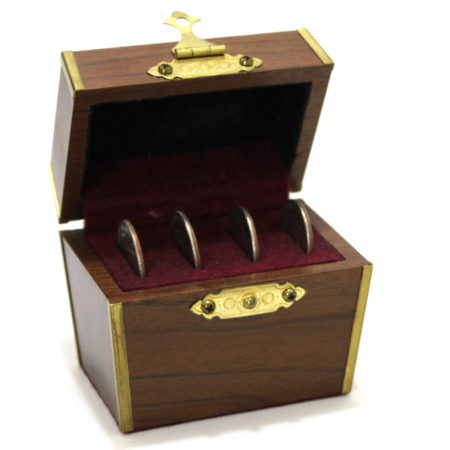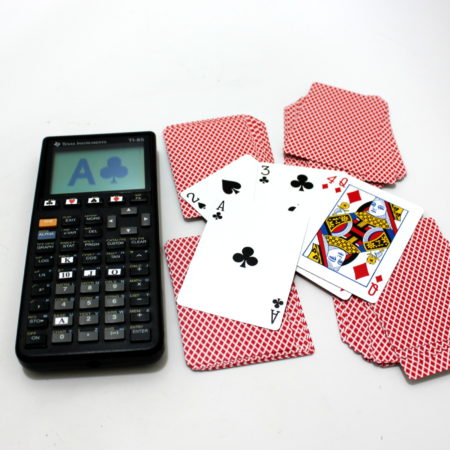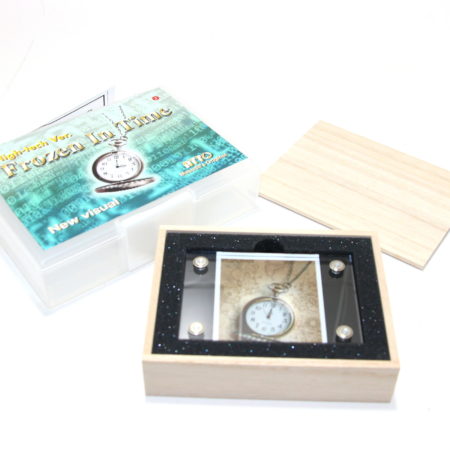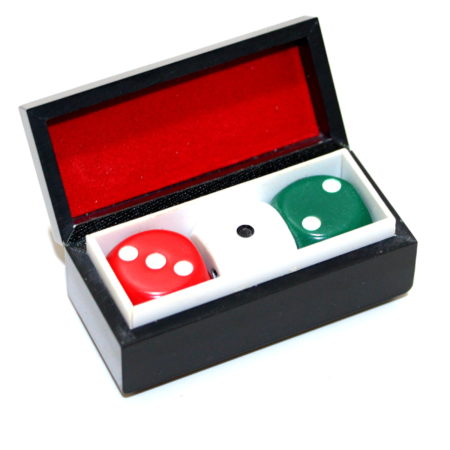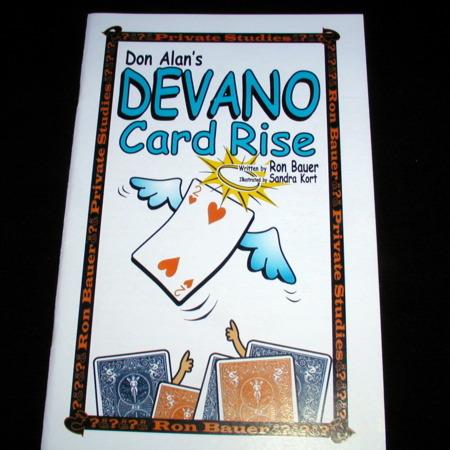
Harry Devano from Scotland was a semi-pro close-up, mental and platform magician and he created his first Devano Rising cards deck in 1948. The method has stood the test of time and one of the best versions you can purchase today is from George Richbark. They were also made when George and Dave Dorsett were teamed together as Douglas-Wayne Illusioneering. The block is only 15 cards thick and this is better than most other types of gimmicked deck I have seen, and allows the deck to be handled very freely. It also uses pins instead of tape, which has always been my preferred contact system.
In this booklet, Ron Bauer does a step by step break down of Don Alan’s routine which is featured on the video above. Don Alan is amazing – talk about a master at work and a beautiful routine. The Devano routine starts at 2:53 for those who can’t wait! But you would never guess the deck was gimmicked and Don is so casual and smooth with it. What a perfect routine.
Ron Bauer also includes some interesting history about who made the Devano deck for Don Alan and why he was unhappy with the Tannen’s version at the time. The man who made Don’s deck was Chicago Comedy Magician and MC Howard Bamman, and it had the perfect characteristics that Don was looking for (which sound similar to the decks George Richbark is still making today).
If you ever want to perform the Devano Card Rise, get one of Richbark’s decks, read the booklet and watch the video. You won’t get close to Don Alan’s masterclass performance but it will inspire you to do better.
Click here for more information.

